Lessons from Aubrey Bergauer
Musicology in Motion
Welcome, new readers, and thanks to those of you who stuck around after Elmo tastefully torched the 19th-century conservatory!
On the About page, I explain that I’ll often use this space to put the spotlight on people who challenge and inspire me.
Off we go with Lessons from Aubrey Bergauer!

Musicology and…Arts Administration?
A few weeks ago, I wrote about how I approach the discipline of musicology at Vanderbilt. Research universities like mine are in the business of generating new knowledge (among other things). This process necessarily involves engaging students with diverse voices across and around fields.
To help us do that, I invited Aubrey Bergauer, a performing arts executive I think of as the Orchestra Whisperer, to give a public presentation and to visit one of my classes in late January. She Skyped into a seminar last fall, and my students responded so well that I had to bring her back.
Given that musicologists are typically in the music history business, an arts administrator may not seem like an obvious choice as a guest. But we quickly learned that arts administration, when done well, is like “musicology in motion.”
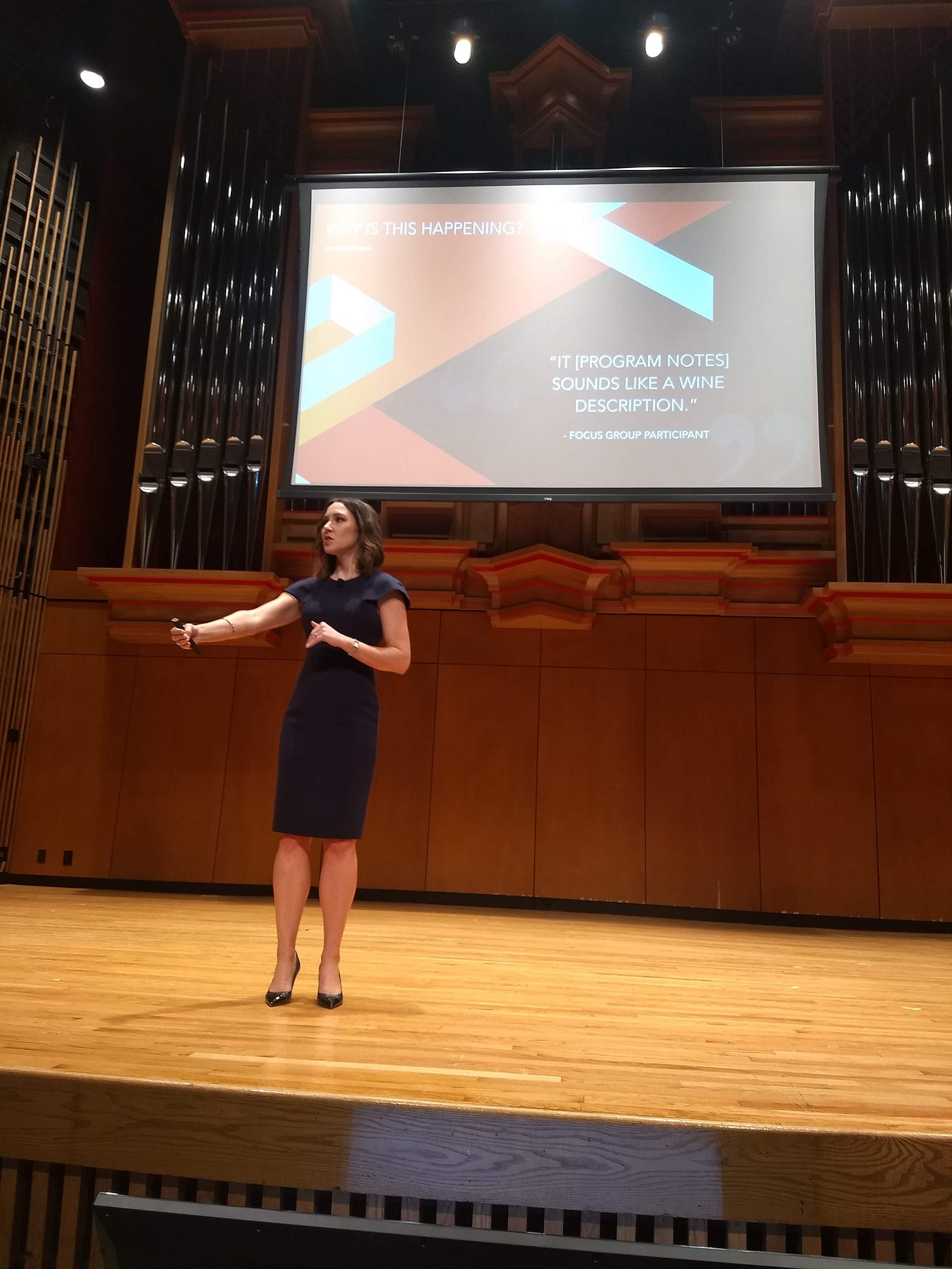
The Background
Every semester, I teach a course called “Music in Western Culture” designed for first-year music majors. Courses with this title typically fall in the mold of “Music Appreciation,” where students learn basic facts about composers/works and gather tools for understanding musical sounds.
The main topic of our course is what I call the “Western music ecosystem.” Although the ecosystem is more like a jumbled social network with dozens of nodes, I introduce a model with four key elements to help students develop a basic template they can expand over time:
|Composer (C)| — |Work (W)| — |Performer (P)| — |Listener (L)|
(This model won’t look great on phones. It should be a single line across.)
The idea here is that musical activity in standard Western frameworks involves social relationships among several interconnected parts, all of which contribute to the “meaning” of the experience. Sometimes these parts are physically separated from each other by centuries or oceans, but they are always present. (Or if you improvise a song for yourself in the shower, you’re all four parts at once!)

Conventional approaches to music history focus almost exclusively on the first two areas of the model—composers and works. Hence the infamous “style-period narrative” that breaks music history into categories like Baroque, Classical, Romantic, etc. based on common musical features (“style”) found in a slice of historical time (“periods”).
Since students are already part of a complex musical ecosystem (RIP Bruno Nettl), my colleagues and I don’t think this conventional approach makes sense. Given how the style-period narrative arose, it also manifests racist and sexist norms.
Exploring musical activity through the lens of the whole ecosystem enables students to develop a deeper understanding of the world they already inhabit in all its messiness.
Executives like Bergauer have to plunge into this messiness every day.
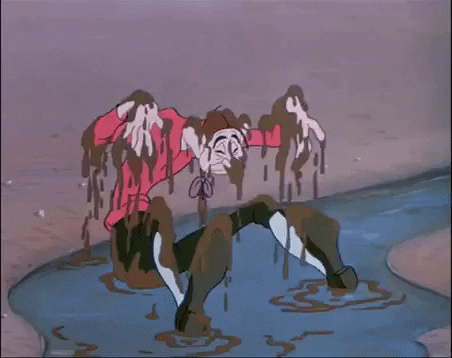
The Lecture
Mirroring common approaches to music history, the American orchestra business is still invested far too heavily in the “C” and “W” portions of the model, which has tons of problems I've written about before. Emphasizing the supposed “greatness” of particular composers and works is simply the wrong message to send.
Enter Aubrey Bergauer.
Throughout her early career in marketing, she naturally developed a profound understanding of the “L” portion of the ecosystem. As executive director of the California Symphony, she later applied that understanding holistically to the other three areas. (Her lecture did not use these terms, by the way; that’s my addition for coherence in the story.)
This holistic perspective made the lecture very exciting for me as a teacher and scholar. Her thesis, in fact, revolved around cultivating a “sense of belonging” for everyone in her local ecosystem—composers, performers, staff, board, audience, etc.
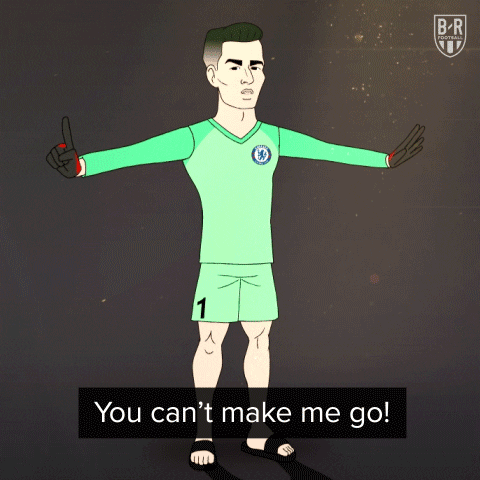
One of the most common barriers to this feeling arises from a poor understanding of audience development. The problem, she argued, is not audience acquisition, but rather audience retention. Why don’t people who listen want to come back? (Organizations are truly failing if new listeners feel alienated!)
To answer this question at the California Symphony, she went straight to “L” with a user-experience research project called “Orchestra X.” The results showed that the biggest obstacles to returning had virtually nothing to do with the music itself—the first two, or even three, main parts of the model. Audiences felt awe while listening!
Rather, the experience surrounding the “L” portion was a huge turnoff. In particular, first-time audience members did not feel properly primed for the experience, and therefore felt insecure or alienated—like they didn’t truly belong.
Knowing that the core product is not a barrier struck me as a liberating message. As she put it, organizations should redirect focus on people, not “the music.” (I can add that history is filled with stories of orchestras that got this point terribly wrong.)
"It’s aboutpeople." -- Aubrey Bergauer
Here are a few ways she elaborated on her people-first philosophy:
(1) Certain resources can be reallocated to a novice-friendly website, education prior to a ticket purchase through smart content marketing, and/or reaching potential audiences in different languages. Once a potential listener is enticed to buy, the sense of belonging is already beginning to develop. After the first concert, she explained, organizations should lead listeners on a tailored journey where their changing needs are met over the long term. (BTW, anyone who’s surveyed the landscape of orchestra websites knows how AWFUL they are on every possible level.)
(2) Since new audiences, by definition, don’t already prefer one composer or work over another, there is no good reason not to diversify programming, the “C” and “W” portions of the model, in creative, inclusive ways. This approach cultivates both a more just atmosphere and far more potential for wide listening enjoyment. (It also means students should expand their repertoires without fear!! Whaaaaat?!)
(3) Once the barriers to audience enjoyment are lifted and diverse programming is in place, efforts to develop a sense of belonging within the organization on and off stage—e.g., through inclusive board development and hiring initiatives—can be fed back into education/marketing efforts in a virtuous loop that fully enables the organization to thrive as an integral part of the community it serves. (In my opinion, that should be a core goal of every nonprofit performing arts institution. DO IT!)
"Itcanbe done!" -- Aubrey Bergauer
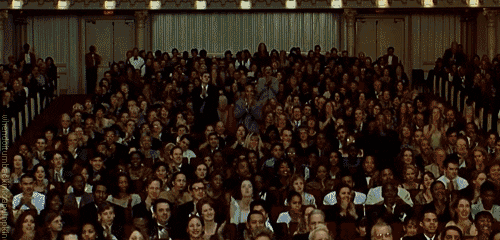
The Class
When Bergauer visited my “Music in Western Culture” class the next day, we led a Q&A session with students to help them understand how her experiences and message intersected with what we had already learned about the Western music ecosystem. I thought we might talk about the early 19th-century Viennese audiences who hated Beethoven and loved Anton Eberl. No such luck, alas.
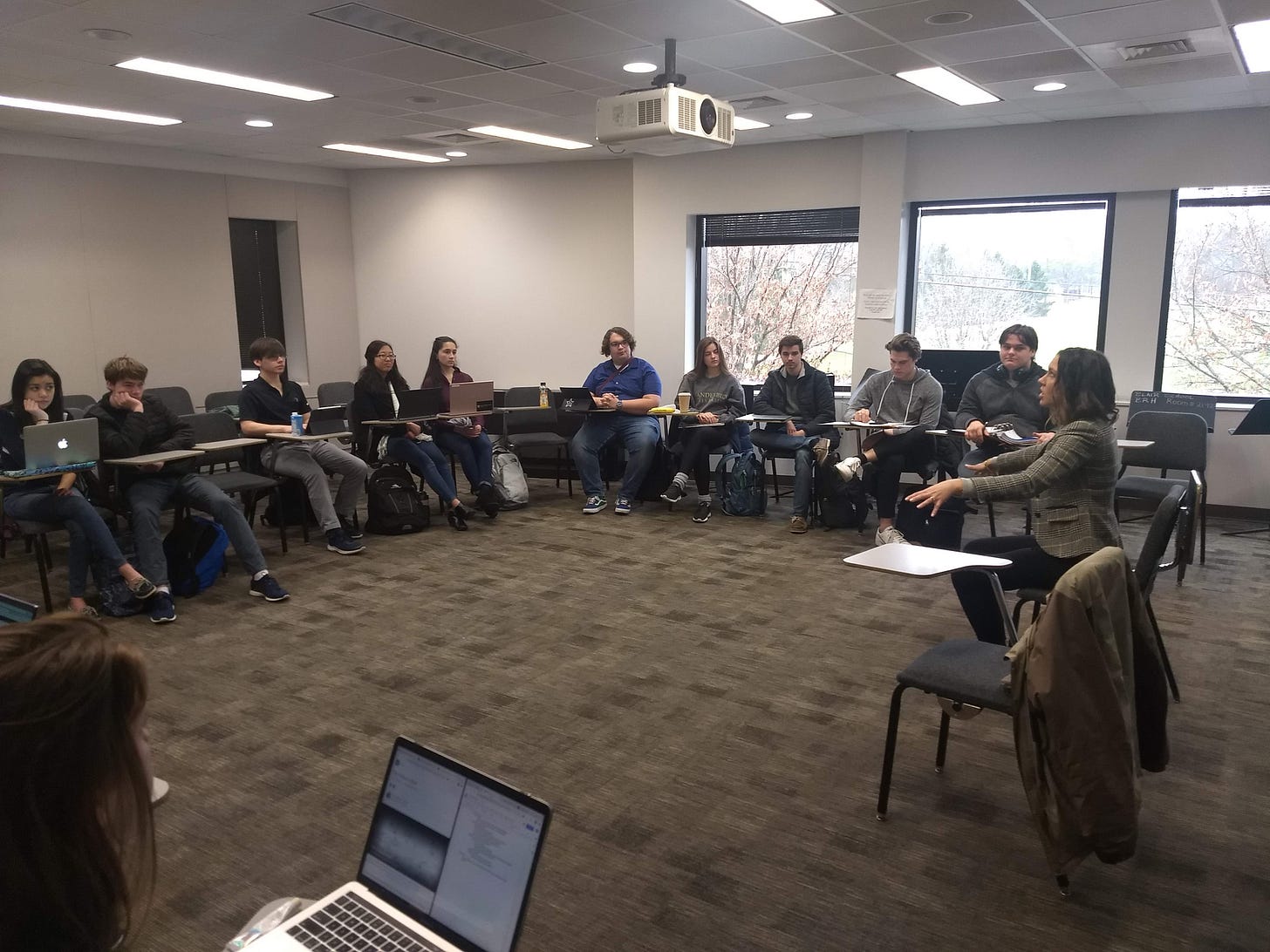
Immediately the students turned their focus to the here and now—their ecosystem at school.
It’s no secret that student concerts don’t usually attract robust audiences from the student body or the surrounding community. My students wanted to know more about how they could leverage tools like social media to send attractive messages about the musical work they do every day—to make it relevant for their peers.
It takes work, of course, but it’s fun to work and learn in an environment where you’re safe to fail. (On that note, I showed students that Beethoven didn’t do very well with the “L” portion of the ecosystem in his infamous December 1808 concert!)
Beyond how to harness social media, the class reflected at length on issues like:
How to write about classical music in accessible ways (not easy!!)
Why legacy orchestras have been slow to adapt in the twenty-first century (too many reasons to list—keep reading my newsletter for more!!)
What steps students can take to maximize their time in school (diversify experiences and take risks!!)
The Lesson
A few days after Bergauer left, a group of inspired students approached the school leadership and asked for “more ethno/musicology guest lectures” to soak up fresh ideas (YES!!). Their encounter with her helped them see that a musical life involves much more than notes on the page. (Important lesson for first-year students!)
They also asked for “more involvement with social media campaigns.” I beamed with pride when I heard this, because it meant the students were already grappling with the fact that every part of the ecosystem responds to changes in the others.
Musicology in motion.
That’s the lesson. That’s the tweet.
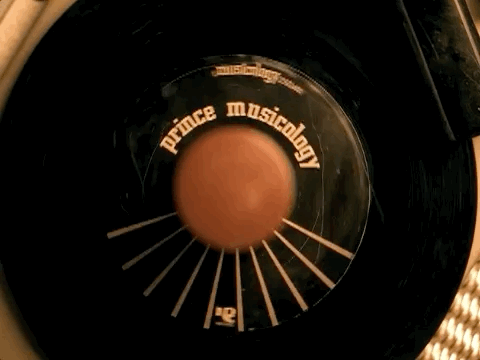
Music City Spotlight: Check out the “Classically Speaking” podcast hosted by 91 Classical’s Colleen Phelps!
Next Issue: Reflections on “Western Classical Music in the Global Marketplace”
Content fueled by Badbeard’s Microroastery (Portland, OR)


Doug, I finally got around to reading this and it's SO GOOD! I'm going to save it to mull over; you absolutely nailed the phenomenon of arts orgs overly focusing on C/W and completely disregarding L. It tracks with my own experience; I am a tiny, tiny data point with nothing approaching the audience scale that orchestras have, but what I've found is that once I get people through the door, creating a listener-focused experience results in a WAY more engaged and happier audience than traditional concert models ("come listen to [famous composer] -> didn't you like being played at?")
Will stop here because...I have my own Substack to pontificate at length in, lol.
Hi Doug! These notes are very interesting and necessary. I've been following Aubrey with great interest because we are working on the same issues and finding the same solutions (such as audience centrism), even if approaching from different sides of the industry (administrative vs artistic). As a composer-arranger-performer and former major orchestra musician, I can adapt the music itself, programming, performance styles, dress, and hosting to experiment on a small scale to be "edu-taining" and thus more relevant to the various audiences I see, whether at a church, a school, a home, a street festival or a bar. And there's no greater reward than successfully serving the music I love to a whole new audience.
Our major symphony orchestras can experiment too on small scales. But they will find little success, I predict, without letting go of part of the mission statement proscribing "world-class excellence." This phrase has been rendered almost meaningless today, if only for the fact that most educational and some commercial entities have self-declared as such. The masses don't care so much about critical judgments anyway: they want to know why and how this music matters TO THEM.
If our orchestras truly wanted to broaden audiences, we'd make concerts LESS about class, money and discernment. No, the emphasis on these last brings in the money to fund these expensive and deserving institutions. We simply need a way to honor (balance) both sides of this coin that doesn't continue to alienate (insult) the broader public, because everyone deserves beautiful, dramatic, shaped, written, instrumental music.